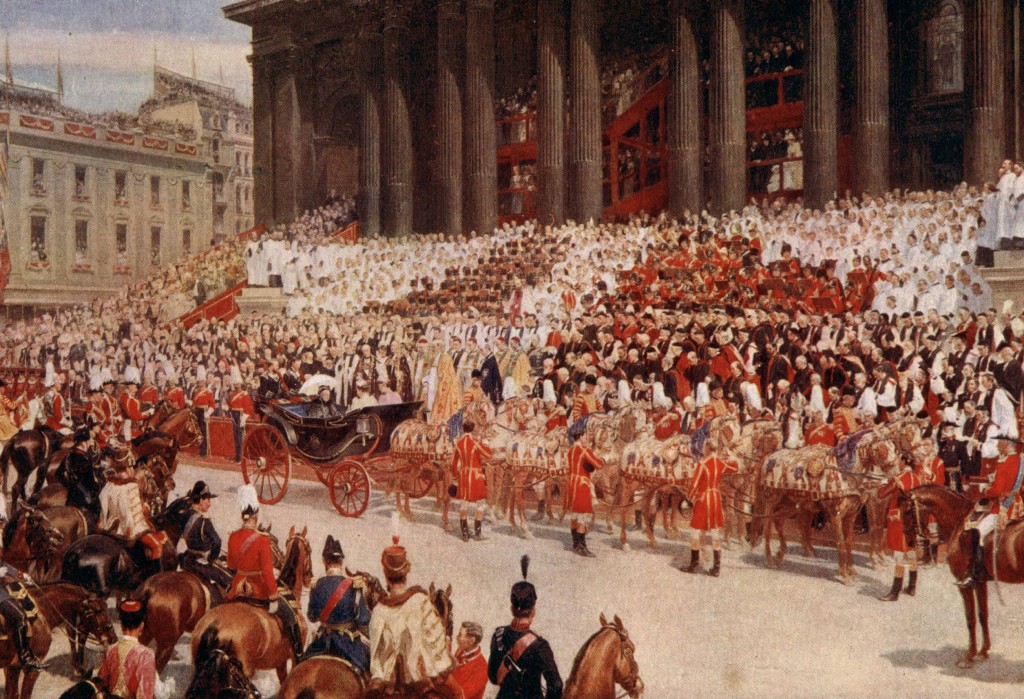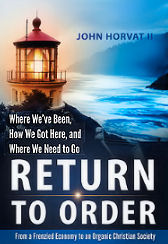The modern State accomplishes its role by instituting an all-powerful bureaucratic system of legal norms to safeguard and regulate the private interests of its citizens. The modern State, notes Pius XI, has assumed the overwhelming functions and tasks that were once borne by intermediary associations. The result was that through the “overthrow and near extinction of that rich social life which was once highly developed through associations of various kinds, there remain virtually only individuals and the State.” (Quadragesimo Anno, no. 78.)

St. Paul’s Cathedral: Queen Victoria’s Diamond Jubilee, June 22nd, 1897. Painted by Andrew Carrick Gow.
In contrast, the organic State accomplishes its role by safeguarding the fundamental principles of morals, civilization, and public order that are normally lived and defended by its many social units—family, guild, town, university, or any of a number of privately-formed associations that make up the rich social life of a nation.
John Horvat II, Return to Order: From a Frenzied Economy to an Organic Christian Society—Where We’ve Been, How We Got Here, and Where We Need to Go (York, Penn.: York Press, 2013), 208.










